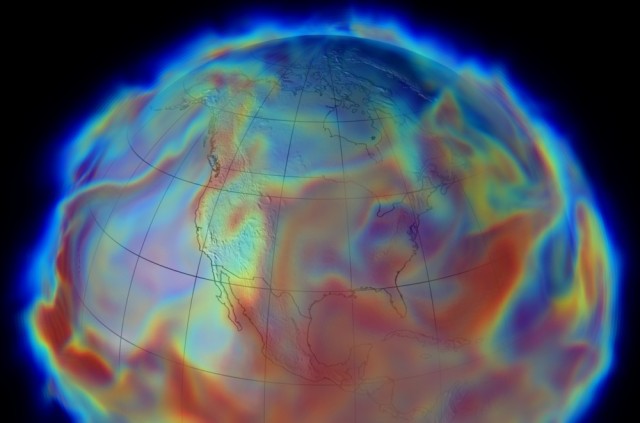IPCC's climate projections on target so far
Ars Technica » Scientific Method 2012-12-28
The simplest way to evaluate a chef is to taste the food. So when thinking about climate science, the simplest way for the public to get a feel for the reliability of future projections is to see how past temperature projections have held up so far. A real evaluation of climate modeling would be (and is) much more involved and rigorous than that, but that’s a more challenging meal that most people have time for.
Many modeling studies result in projections about the future, but the consensus projections made in the Intergovernmental Panel on Climate Change reports are the highest profile. A pair of recent papers has gone back to those reports to see how well they match the trends we’ve observed since their release. It can take a couple of decades for climate trends to become clear, but the first IPCC report was published in 1990, so there’s now enough data to make a comparison worthwhile.
It’s been said that prediction is difficult—especially about the future. That’s certainly the case for climate, where unpredictable variability—from volcanoes, the El Niño Southern Oscillation, and subtle changes in solar output, for example—are collectively a large determinant of year-to-year changes. On top of that, trends in human emissions depend on unforeseeable socioeconomic circumstances. When IPCC reports project future changes, they don’t try to guess at these things. They project average trends for multiple scenarios of human emissions.
Read 13 remaining paragraphs | Comments
